Nick Warne knows a thing or two about ski jackets. This year marks his 23rd at Snowtrax, whose comprehensive Dorset store and online shop have been supplying jackets to skiers for more than three decades
Looks are one thing, but when it comes to choosing a ski jacket it’s more about substance than style. Waterproofing, breathability, insulation, cut, specs – there can be a lot of information to process when shopping for a new jacket. Fear not – we’re here to help you get a head start on the process.
So, for those of you who’s trusty ski jacket has finally lost its waterproofing or blown one too many zips, or for those who just fancy a change of style this winter, read on for some tips on how to find the perfect new jacket for your winter exploits.
After all, if you choose wisely, a jacket can last you several years, keeping you looking great and staying warm and dry in even the harshest mountain conditions.
Insulated or Not?
After trying a ‘shell’ jacket, which is essentially a single layer of waterproof yet breathable and durable material, most people never revert to the bulkier insulated type of jacket.
The main advantage our customers gain from shells is simply how adaptable they are as the weather changes. You can ski in a shell from the coldest days in January, all the way through to the warm, slushy Easter days, all by managing the layers you wear underneath it. And should you choose to take it off altogether, it will roll up to fit neatly in a small backpack.
Insulated jacket options should not be discounted for those of you who are relentlessly cold however, and also skiers who don’t tend to expend as much energy on the mountain. After all, modern insulation is better than ever thanks to advances in materials, meaning it is less bulky and breathes well enough to prevent over-heating.
Check out Volcom’s V Co Aris Insulated Gore-Tex jacket for example – it has almost the same silhouette of a standard shell jacket.
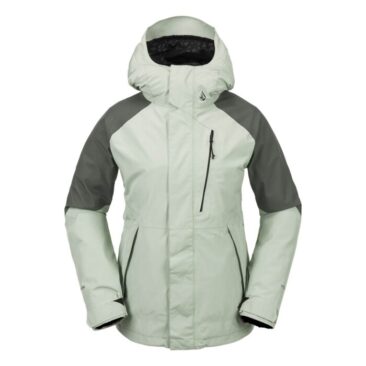
Choose an Appropriate Brand
It’s easy to become a brand snob when choosing a ski jacket because frankly, spending a little extra can be a shortcut to better-quality materials. Rab, Haglöfs, Arc’teryx, Kjus and Norrøna make great ski jackets, with excellent fabrics and technology thanks to their mountaineering heritage – but they do come at a cost and for many resort skiers they might be overkill.
Black Diamond, Peak Performance, Picture, Scott, Patagonia and Helly Hansen, among others, make excellent-quality ski jackets that are slightly less expensive.
Another approach is to find a brand that speaks to you simply by how its image matches your approach to skiing. As mentioned above there are mountaineering-focused brands, freeride-focused brands, more ‘youthful’ brands with more of a freestyle style, and lastly, there are the ‘fashionable’ brands, which might give you a little more individuality on the mountain than a standard shell jacket would, such as Amundsen and Poivre Blanc.
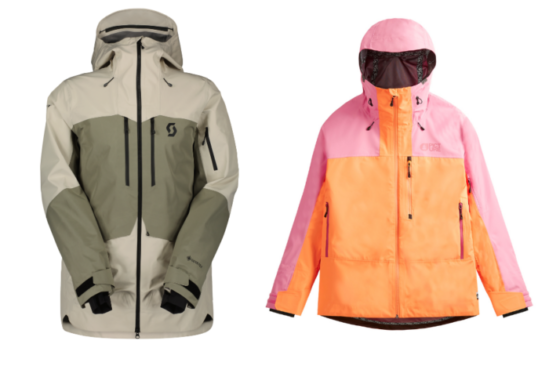
Find the Best Jacket Shape/Cut
Let’s face it, even if ski jackets serve a practical function above all else, being one of the most expensive items in your wardrobe, you will want to look good in it.
On the practical side, faster skiers and high-endurance tourers tend to choose more form-fitting shapes. More relaxed-pace skiers and freestyle skiers will naturally opt for a more relaxed fit. Whatever the cut, almost all modern jackets have a good degree of anatomical shape – gone are the days when there was loads of excess material in the trunk and arms that served no purpose.
These days, you can even be more specific about the length of jacket you choose; some jackets, for example, come in a longer length that covers your bottom, being great for those inevitable falls in the snow and cold chairlift rides, and they elongate the body too.
Make sure the jacket fits you. How freely can you move in it? Are the sleeves long enough? (There is little more frustrating than air getting in at the cuffs.) Can you dip your chin beneath the collar, for those moments when it’s blowing a blizzard and you’re riding a chairlift?
Visiting your local specialist shop and trying several jackets on before you buy is your best option. But for those who choose to buy online, most good online ski stores and brand websites will offer detailed sizing charts to help you find the right size, and a return policy in case you need it.
Untangle the Technical Info
There is no question that some of the manufacturers’ lingo detailing the performance of a jacket can get very technical – after all, many of the terms are borne out of lab tests. Despite the overriding complexity, it must be said that recently manufacturers are trying to make the tech jargon more approachable for the consumer on their websites.
Looking at the website of Picture Organic Clothing (one of our best-selling brands at Snowtrax), it has very useful tables and descriptions, labelling each of their product’s particular strengths – they even have entire section devoted to explaining the tech within the fabric they source if you want to geek-out.
The key performance traits of a shell are of course its waterproofing, its breathability (the ability to for moisture to escape out), and, lastly, durability. Typically when you increase one of these aspects, such as breathability, the other two elements suffer, so the golden goose, for the manufacturers, is to produce jackets that can do all of these things well.
So, how do you know how your jacket stacks up to the competition, or whether you will be soaked on the inside and dry on the outside, or vice-versa?
I won’t bore you with all the technical talk here, but I will tell you what to keep an eye out for: waterproof up to 20,000mm is superb (10,000 will do the job, but you should aim high); breathable up to 20,000gr is also excellent (again, 10k will be breathable enough for most skiing scenarios, but if you intend to use the jacket in all conditions you want to aim as high as your budget will stretch).
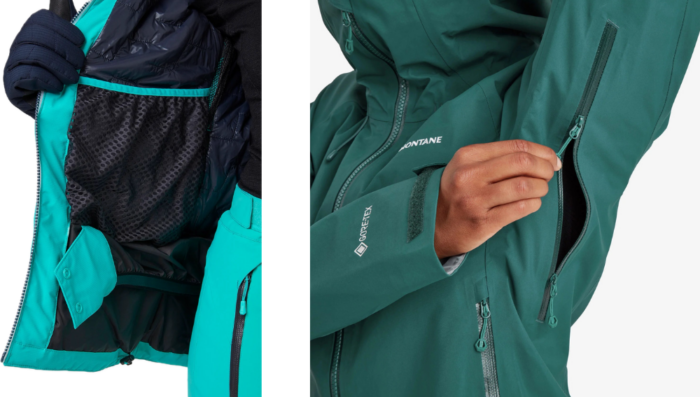
Other technical features to consider? Vent zips (for dumping excess heat); snow skirt (for preventing snow ingress at the waist); Gore-Tex fabric or an equivalent (many top brands use their in-house equivalent, which will be subject to the same standard waterproofing tests – they are just as good in real terms); and lastly, you can look at reinforced patches, on the shoulders, forearms and at the ankles, where the denier count (thread-thickness) may be higher in order to increase the life of your jacket by preventing wear and tear. You might not be able to tick all of the boxes, but having at least a few of these features make for a good ski jacket.
Choose Your Colour Wisely
Whether you are normally someone who likes to stand out from the crowd, or fade into the background, the colour of your ski jacket is pretty important. Not only will you be wearing it for a whole season, or indeed a whole decade, but it will be the colour people recognise you by and can help friends and family set you apart from the swarms of other skiers on the slopes or when you get lost in a lift queue.
As for which colour, well, lucky for us, the 90s-2000s era where skiers looked like an assortment of Skittles is over, and ski apparel manufacturers provide plenty of nice tonal colour options these days. This goes for men’s and women’s ranges alike. Of course it’s all a matter of taste and preference, but try and think outside the box and stay away from plain blues, reds and greens that will make you look like you’re trying to impersonate a ski instructor. Forest-inspired colours look great on the mountain, while burnt oranges, lilacs, mustards and Sapphire blues can lighten things up if you want to be seen. Check out this black and tundra green Men’s Black Diamond Recon Stretch Shell Jacket and Women’s Picture Organic Sygna Jacket.
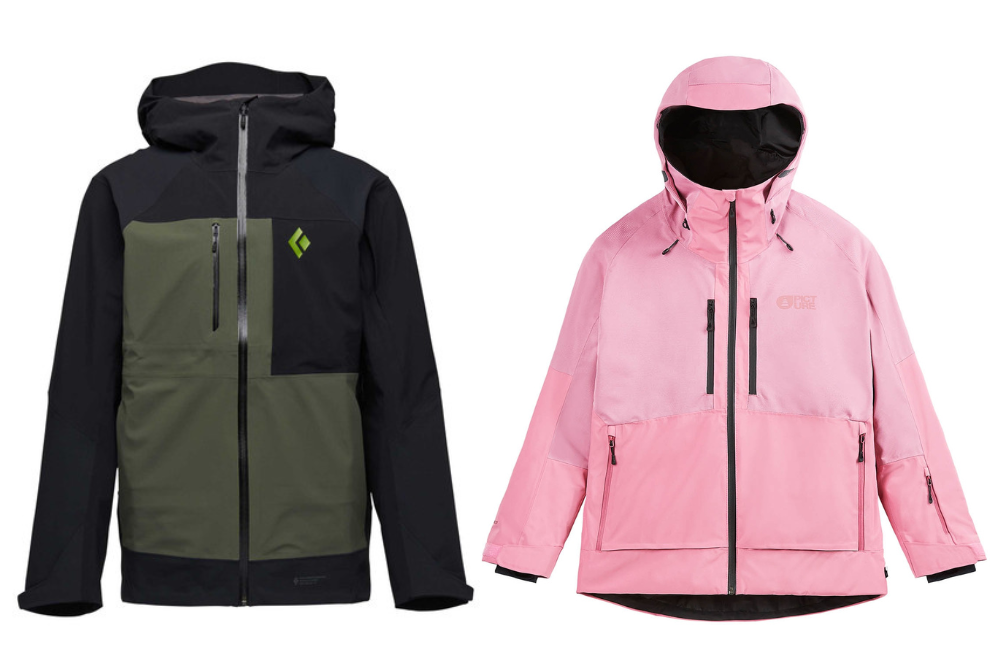
Avoid white – firstly it gets dirty quickly (not so much from the skiing, but from riding chairlifts with dirt on them, or if you walk too close a dirty car in the carpark), and secondly, the last thing you want to do is camouflage with the snow and be up-spottable in bad visibility.
The More You Spend the Longer It Will Last?
When buying a T-shirt you can spend as little or as much money on it as you want, but in the end you’ve still just got a T-shirt. Buying a ski jacket is different. You pay for the technology, the durability, the waterproofness, the breathability… I could go on.
Don’t be afraid to spend more – a good-quality ski jacket is an investment and should last you for years. There is one caveat – waterproofing effectiveness will fade over several years of solid use, no matter how much you spend (you can treat the jacket with spray-on and wash-in treatments, to return some beading ability after a few years’ use).
Look out for deals on last year’s tech. Last season’s ski jacket will always be cheaper than the current one if you can find your size and, for the most part, you will barely notice a difference in technology, sometimes only the colour will change. At Snowtrax, we have some bargains on last year’s jackets right now (at time of writing!). You can even narrow your search on our shop site to view last year’s items.
Choose an Eco-Friendly Jacket
An added consideration these days is whether your clothing is eco-friendly. Companies like Patagonia and Picture Organic Clothing lead the way, using recycled materials and eco-friendly water repellant, while Sherpa Adventure Gear gives back money from its sales to educate Sherpa children in Nepal.
If you are hankering for extra detail we recommend you check out the WeLove2ski guide to 10 Features Every Ski Jacket Needs, and you’ll be a lot closer to finding the perfect jacket for you.


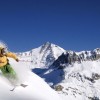

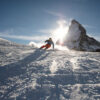





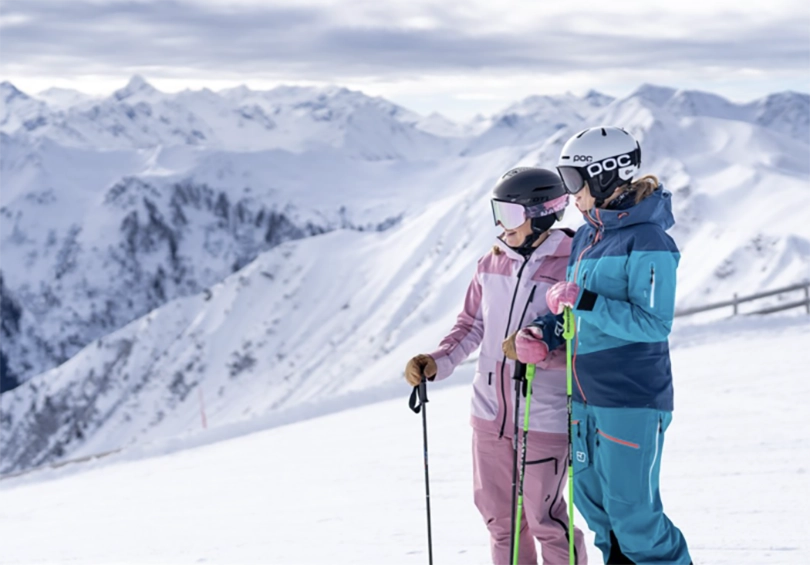
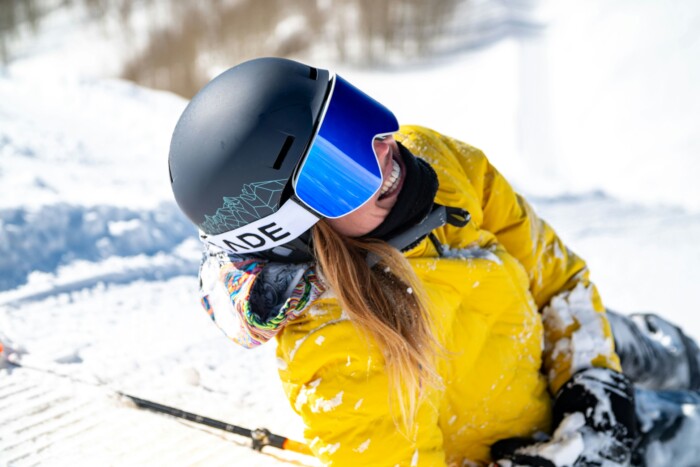
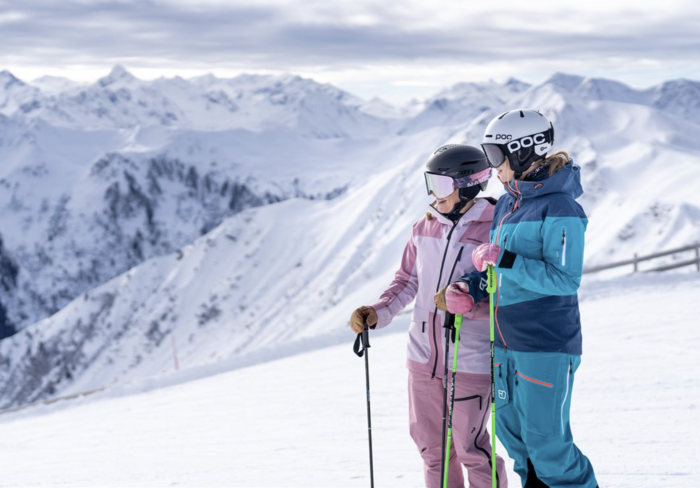
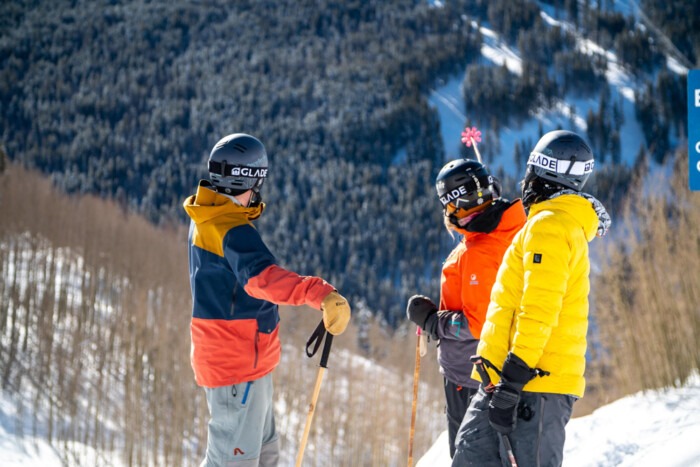
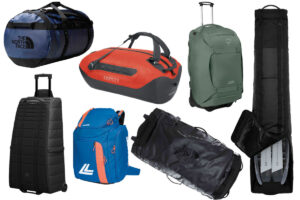
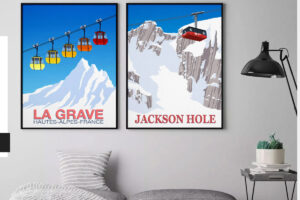

Add Comment